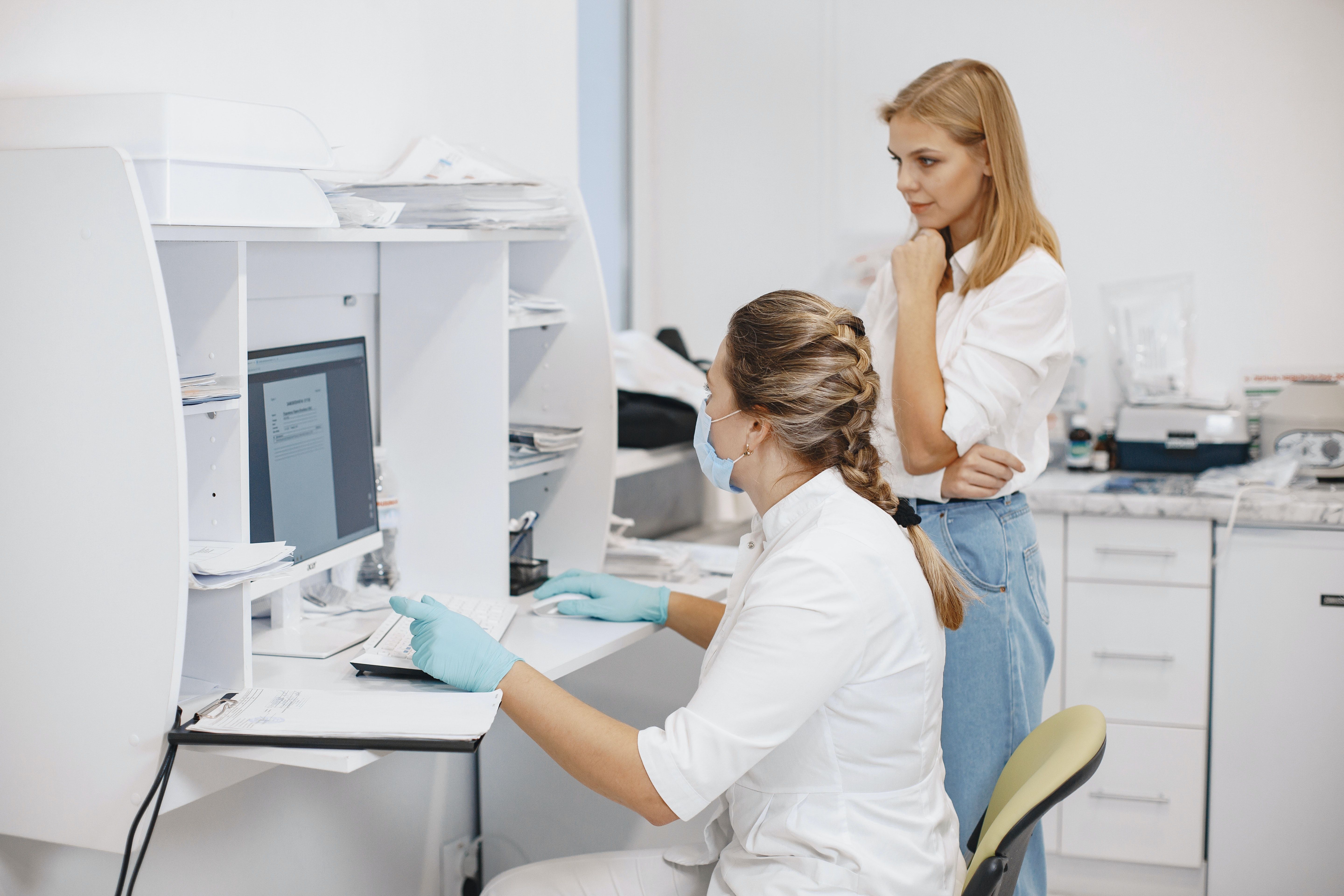Molecular Test Adds to Accuracy for C Difficile Infection Diagnosis
Due to costs, it is difficult to screen for and diagnose patients with C difficile infections.

A new molecular test could accurately diagnose clostridium difficile infections (CDI), which could be especially impactful in developing countries.
A team, led by Adriane C. Maestri, Laboratório de Bacteriologia, Complexo Hospital de Clínicas da Universidade Federal do Paraná - Rua Padre Camargom, developed and validated a new in-house quantitative polymerase chain reaction (qPCR) targeting the C difficile toxin B gene (tcdB) using 2 distinct methodologies—SYBR Green and hydrolysis probes—for the diagnosis of C difficile infections.
C Difficile in Developing Countries
While the burden of C difficile infections can cause nosocomial diarrhea in adult patients, commercial molecular tests can be expensive and restrictive in developing countries. The disease has also been linked to an imbalance of intestinal microbiota largely due to antimicrobial use but remains a neglected disease in developing countries.
There are also issues with CDI laboratory tests due to inadequate performance of available conventional tests that have low sensitivity.
However, molecular tests can be faster, with better performance. The issue with this family of tests is they can present false-positive results in asymptomatic patients.
The Tests
In the study, the investigators used glutamate dehydrogenase (GDH) with toxigenic culture as the standard reference diagnostic method and examined 392 samples using the SYBR Green method and hydrolysis probes simultaneously to assess the diagnostic value of the real-time PCR assays in detecting CDI from the clinical samples.
The qPCR test is a sensitive and accurate technique able to detect human pathogens in clinical samples, even fecal samples commonly used for C difficile diagnosis.
SYBR Green is a deoxyribonucleic acid intercalating dye able to detect all double-stranded DNA present in the reaction and hydrolysis probes have fluorophores attached to oligonucleotides activated during the reaction to allow for the detection of a specific product of interest.
Specifically for CDI diagnosis, the target region used more in the gene that codes for toxin B because it is a determining factor for virulence.
The analytical detection limited was based on the curves of 10 CFU/mL.
Encouraging Results
Overall, the SYBR Green assays showed 97.9% sensitive and 99.1% specificity, while the hydrolysis probe assay showed 87.5% sensitivity and 100% specificity. The SYBR Green also showed 94% positive predictive value, 99.7% negative predictive value, and 99% accuracy.
The hydrolysis probe assay showed 100% positive predictive value, 98.3% negative predictive value, and 98.5% accuracy.
“The two qPCR methodologies evaluated could offer an adequate tool as part of an algorithm in the laboratory diagnosis of CDI,” the authors wrote.
A New PCR Test
Last year, investigators found a new PCR assay features enhanced specificity and sensitivity in detecting both CDI and norovirus.
The sensitivity for testing C difficile infections for the new PCR test was 100%, with a specificity of 100% on fecal samples. While these numbers dropped on the rectal swab, the PCR test still had a sensitivity of 90.9% and a specificity of 99.1%.
The study, “Standardization and validation of an in-house quantitative real-time polymerase chain reaction (qPCR) assay for the diagnosis of Clostridioides difficile infection,” was published online in the Journal of Microbiological Methods.